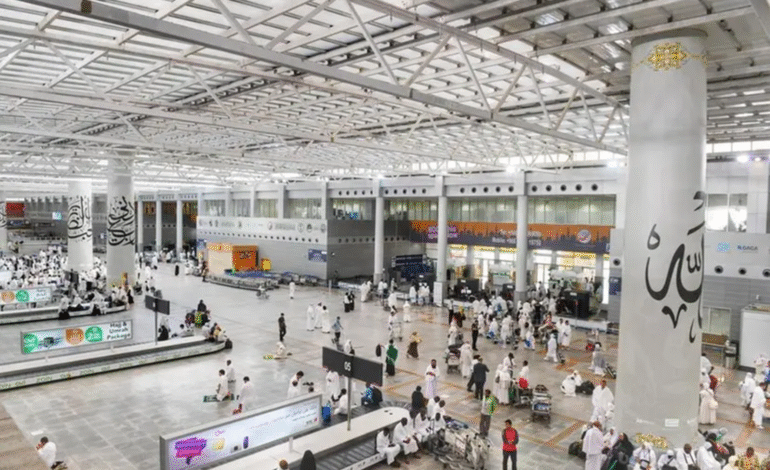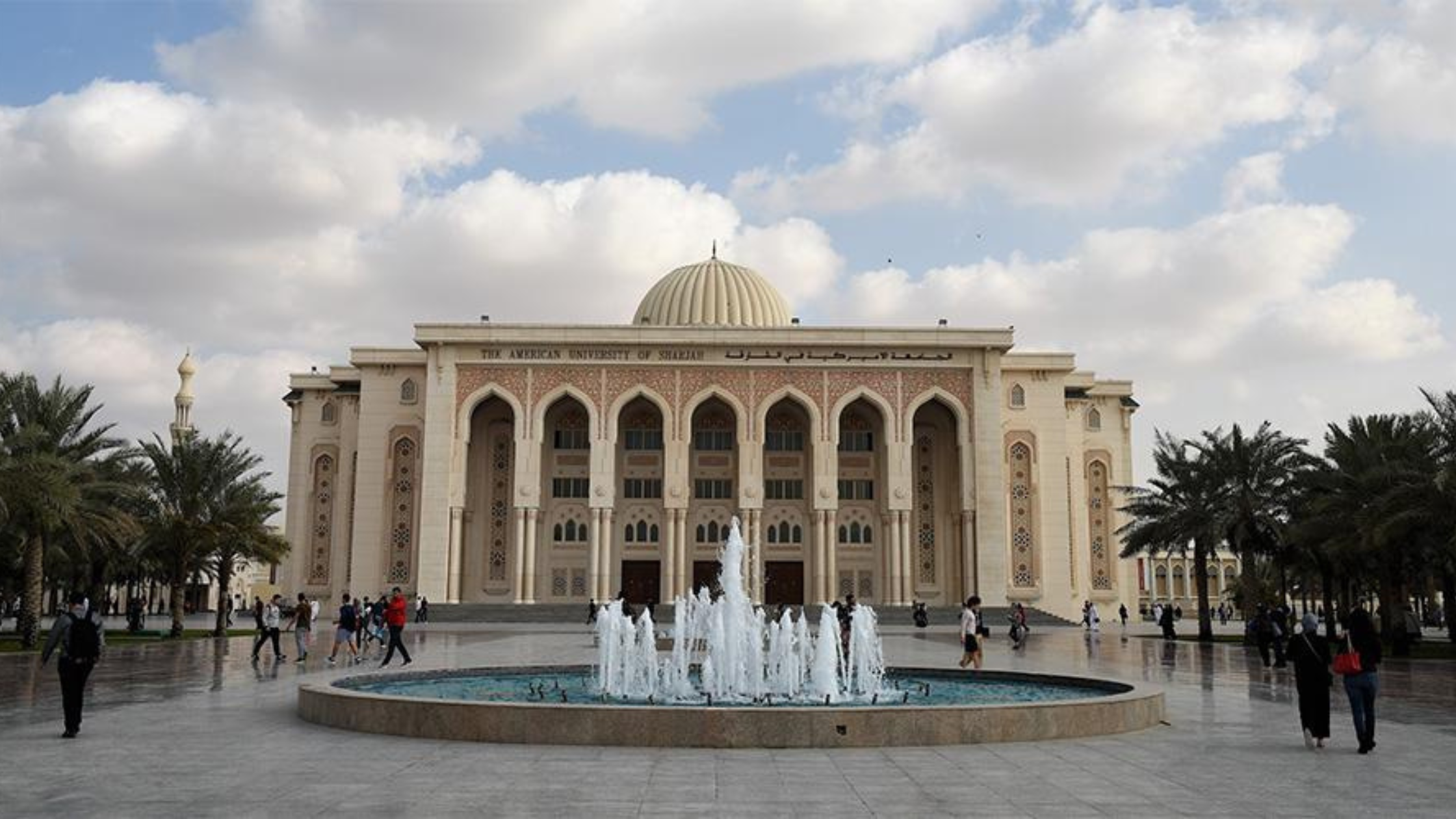King Abdulaziz Airport Ranks Third in Middle East Connectivity

King Abdulaziz International Airport (KAIA) in Jeddah has marked a significant achievement by ranking third among airports in the Middle East in the 2024 Asia-Pacific and Middle East Air Connectivity Index. This recognition was announced by Airports Council International (ACI) during the Air Connectivity 2025 Conference held in Shanghai. The announcement signals KAIA’s increasing role as a pivotal hub in regional and international air travel.
Understanding the ACI Air Connectivity Index and Its Impact
The Asia-Pacific and Middle East Air Connectivity Index is a comprehensive metric that assesses how efficiently passengers, airlines, and markets are connected through major airports. ACI evaluates airports using a set of essential factors including flight frequency, diversity of destinations, geographic positioning, market reach, economic activity, and integration into airline networks. The overall travel experience and infrastructure quality also form part of the evaluation.
This year’s index placed KAIA among the top three in the Middle East, recognizing its strategic advancements and the airport’s growing significance in global aviation. This ranking not only reflects the performance of the airport itself but also underscores the potential of Jeddah as a critical junction for travelers across continents.
CEO Statement Highlights Operational Excellence and Future Vision
Engineer Mazen Johar, CEO of Jeddah Airports Company, called the ranking a major milestone. He emphasized that KAIA’s performance is not a coincidence but the result of long-term planning and consistent implementation of best practices in air travel management.
He attributed this accomplishment to the continuous efforts in expanding the airport’s connectivity and enhancing its service offerings. According to him, the ranking is in line with the company’s broader strategic vision of placing KAIA on the global aviation map.
Eng. Johar highlighted several focus areas, including strengthening air connectivity routes, improving infrastructure, and optimizing passenger services. These measures align with Saudi Arabia’s overarching goal of transforming into a strategic global aviation center and enabling regional airports to rise in international rankings.
Connectivity as a Core Strategy in Aviation Development
Air connectivity plays a crucial role in the economic and social development of any region. Enhanced connectivity leads to more business travel, tourism growth, and economic diversification. For KAIA, which serves as a gateway to one of the holiest cities in Islam, connectivity also facilitates religious tourism, particularly during the annual Hajj and Umrah seasons.
The expansion of KAIA’s connectivity to more destinations, both regional and international, has significantly improved the airport’s index score. These improvements not only help in direct passenger movements but also enhance cargo traffic and business engagements. With a forward-looking approach, KAIA’s strategies include tapping into emerging markets and partnering with global airline alliances.
Passenger Experience and Infrastructure Upgrades Shape Rankings
ACI’s air connectivity rankings also reflect the emphasis on overall traveler experience. In recent years, KAIA has undertaken several infrastructural upgrades to elevate the experience of passengers transiting through the airport. New terminals have been launched with modern amenities, streamlined immigration processes, and digital services to reduce wait times and enhance operational efficiency.
Advanced airport facilities such as smart boarding, digital signage, and e-gates ensure a smooth and efficient journey for travelers. These improvements have not only catered to local passengers but also attracted international travelers choosing KAIA as a preferred transit point.
Ongoing developments include the expansion of terminal space, addition of new commercial zones, and improved transport connections to the city of Jeddah. The airport’s location near the Red Sea also offers logistical advantages for cargo movement and maritime-air integration, contributing to its strong showing in the ACI index.
Regional Competition and Strategic Positioning in the Middle East
The Middle East is home to some of the busiest and most advanced airports globally. Airports in cities such as Dubai, Doha, and Abu Dhabi have consistently led in air connectivity and passenger volumes. For KAIA to rank third among such strong competition indicates a shift in regional dynamics and the effectiveness of its recent development initiatives.
This rise can also be seen as part of a broader strategy to diversify and decentralize air traffic across the Middle East, allowing more airports to serve as regional hubs. With increasing demand for air travel and cargo logistics in the region, KAIA’s rise contributes to relieving congestion at other major airports and supports balanced regional development.
Broader Economic Goals Align with Aviation Advancements
Saudi Arabia’s Vision 2030 plan includes the development of transport and logistics as a central pillar for economic growth. By enhancing the operational capacity and strategic relevance of airports like KAIA, the country aims to position itself as a global trade and tourism destination.
KAIA’s recent performance aligns with national efforts to upgrade transportation infrastructure, encourage international partnerships, and foster investment in aviation. In turn, these improvements contribute to job creation, tourism inflow, and diversified revenue streams for the local and national economy.
This focus on connectivity also enhances Saudi Arabia’s capabilities to host major international events and conferences, positioning Jeddah and its airport as a destination for both business and leisure travelers.
Digital Transformation in Aviation Operations and Passenger Services
Digitalization is another critical area that has influenced KAIA’s connectivity ranking. The adoption of smart technologies has transformed both back-end operations and front-end services. Automated check-in counters, facial recognition, and real-time flight tracking are just a few of the innovations contributing to improved operational efficiency.
Behind the scenes, data-driven decision-making and predictive analytics help optimize runway usage, schedule maintenance, and manage air traffic more effectively. These digital tools play a significant role in achieving higher connectivity scores as they allow airports to manage increased passenger volumes without compromising service quality.
Engaging mobile platforms also enable travelers to plan their journeys better, access airport services with ease, and receive real-time updates on flight status, baggage tracking, and boarding gates.
Strategic Airline Partnerships Strengthen International Reach
The role of airline partnerships cannot be overstated in building a robust connectivity index. KAIA’s collaboration with leading international airlines and regional carriers has expanded its flight network and added new routes across continents. These partnerships enhance flight frequency and introduce new connections to underserved or emerging markets.
Code-sharing agreements and interline partnerships enable travelers to enjoy seamless journeys with fewer layovers, which is a major criterion in the air connectivity evaluation. Additionally, the airport’s ability to offer convenient connections improves its attractiveness to global carriers looking for reliable Middle Eastern transit hubs.
KAIA’s participation in global aviation dialogues and summits also enables it to align its strategies with global trends and respond effectively to challenges such as sustainability, safety, and evolving passenger needs.
Environmental Responsibility in Line with Global Aviation Trends
Environmental sustainability is increasingly becoming a critical factor in global aviation rankings. While connectivity remains a primary metric, ACI and other aviation bodies are also evaluating airports based on their environmental impact and adoption of green practices.
KAIA is gradually integrating sustainability into its operations by focusing on energy-efficient infrastructure, waste reduction programs, and carbon footprint monitoring. Solar-powered systems, eco-friendly transport within the airport, and green building certifications are steps that align KAIA with international environmental standards.
By proactively addressing environmental concerns, KAIA not only meets the expectations of global aviation bodies but also caters to a new generation of eco-conscious travelers.
A New Era for Middle Eastern Aviation Growth
King Abdulaziz International Airport’s recognition in the 2024 ACI Air Connectivity Index is more than just a numerical achievement. It represents a broader transformation in the Middle Eastern aviation landscape. With increasing global traffic, rising passenger expectations, and a push for modernization, airports across the region are evolving rapidly.
KAIA’s climb to third position in the Middle East is a testament to strategic vision, investment in infrastructure, emphasis on connectivity, and commitment to service excellence. As air travel continues to redefine global mobility, Jeddah’s airport stands poised to play an even greater role in connecting people, cultures, and economies.
From its roots as a regional airport to its emergence as an international hub, KAIA’s journey illustrates how focus, innovation, and integration can propel an airport onto the global stage. The airport’s continued development promises to enhance air travel not only in Saudi Arabia but across the Middle East, setting new standards for operational excellence and passenger satisfaction.








1 Comment
[…] production, crop yield prediction, irrigation planning, and climate resilience. For anyone in the Middle East or globally looking to leap into the fusion of space and sustainability, this course signals a […]
Comments are closed.